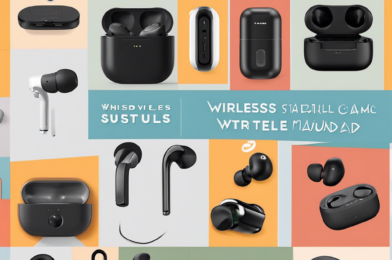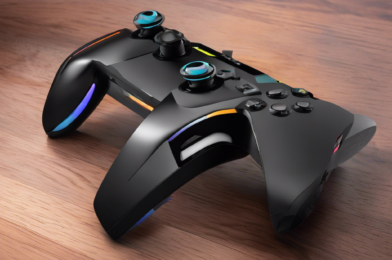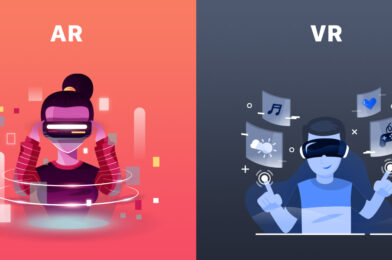Are you tired of tangled cords and bulky headphones? Wireless earbuds offer the convenience of cable-free listening, but with so many options on the market, choosing the right pair can be daunting. Whether you’re an audiophile seeking superior sound quality or an active individual needing a secure fit, there’s a perfect match for you. Let’s explore the factors that will help you make an informed decision and ensure your wireless audio experience is exceptional.
First and foremost, sound quality is paramount. Look for earbuds that deliver crisp and clear audio with well-balanced highs, mids, and lows. Some models even offer customizable EQ settings, allowing you to tailor the sound to your preferences. If you’re an audiophile, pay attention to features like advanced drivers, noise cancellation, and support for high-quality audio codecs like aptX or AAC. These enhancements can make a significant difference in your overall listening pleasure.
Comfort and fit are essential for long-term wear. Ensure the earbuds come with multiple ear-tip sizes to accommodate various ear canal shapes and sizes. A secure fit is crucial, especially for active users. Many earbuds feature ergonomic designs or wingtips to keep them in place during intense workouts or outdoor activities. Consider models with lightweight and compact designs, as they will be more comfortable for extended use.
Battery life is another critical factor. You don’t want your music or calls to be interrupted by a dead battery. Aim for earbuds that offer at least 5-6 hours of continuous playback on a single charge. Additionally, a charging case that provides multiple additional charges can ensure your earbuds are always ready to go. Some premium models even offer fast charging, giving you hours of playback from just a few minutes of charging.
For fitness enthusiasts, sweat and water resistance are must-haves. Look for earbuds with an IPX4 or higher rating to ensure they can withstand sweaty workouts or light rain. Some sports-focused earbuds take durability a step further with features like dust and shock resistance, perfect for outdoor adventures.
Connectivity is often overlooked but plays a significant role in the overall experience. Bluetooth 5.0 or higher ensures a stable connection with minimal audio lag. Dual-device connectivity is a convenient feature, allowing you to switch between two paired devices seamlessly.
Lastly, consider smart features and controls. Touch controls on the earbuds can provide quick access to playback, volume, and voice assistant functions. App-based controls offer even more customization, allowing you to adjust EQ settings, manage noise cancellation, and personalize gestures or button controls.
In conclusion, the right wireless earbuds for you will strike a balance between sound quality, comfort, battery life, and the features that matter most to your lifestyle. Assess your priorities, whether it’s audiophile-grade sound, fitness-focused durability, or convenience, and choose the earbuds that best align with your needs. With the right pair, you’ll enjoy the freedom and immersive listening experience that wireless audio has to offer.









